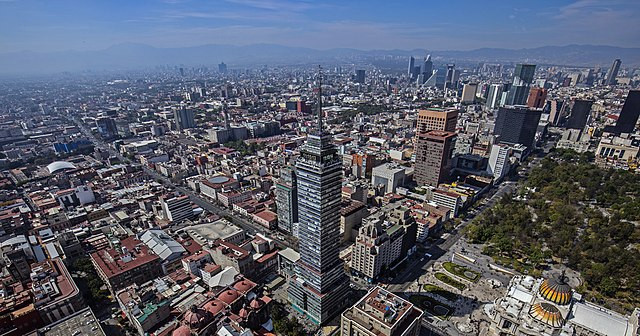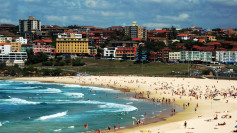As Mexico City teeters on the brink of a severe water scarcity, the dire situation underscores a convergence of historical mismanagement, climate change, and urban sprawl, putting nearly 22 million residents at risk of facing a "day zero" - a point at which the taps could run completely dry. The city's water woes, deeply rooted in its history and geography, are now being exacerbated by prolonged droughts, record high temperatures, and inefficient water infrastructure, prompting protests and raising alarm among citizens and experts alike.
The crisis is not new to Mexico City, which was built over a drained lake bed by Spanish settlers in the 16th century who viewed water more as a barrier to urban development than a precious resource. Today, this megacity is sinking into the very clay soil it rests on, at an alarming rate of 20 inches per year due to the over-extraction of groundwater, according to recent studies. This sinking not only threatens the structural integrity of the city but also its water supply, as the aquifer beneath it, responsible for supplying 60% of the city's water, is being depleted far faster than it can be replenished.
Residents like Alejandro Gomez from the Tlalpan district, experience firsthand the consequences of the water shortage, with water supply being sporadic and insufficient, forcing families to ration every drop and repurpose greywater for essential needs. The scarcity of water has become a daily struggle for survival for many, especially as the city grapples with above-average temperatures and a delayed rainy season.
Authorities have responded by imposing significant restrictions on water usage and pumping from aquifers in an attempt to conserve the dwindling resource. However, these measures may be too little, too late. "Several neighborhoods have suffered from a lack of water for weeks, and there are still four months left for the rains to start," noted Christian Domínguez Sarmiento, an atmospheric scientist at the National Autonomous University of Mexico (UNAM). The uncertainty of the rainy season's effectiveness, compounded by climate change, adds another layer of complexity to the crisis.
Despite the severity of the situation, many city officials have been reluctant to acknowledge the impending crisis, often downplaying the water shortage issues. However, water experts and some politicians, like Fausto Lugo García, Mexico City's former secretary of civil protection, have been more vocal about the critical state of affairs, urging residents to ration water and prioritize its use for survival.
The city's reliance on the Cutzamala water system, which supplies about 25% of the Valley of Mexico's water needs, is also under strain as drought conditions persist, reducing its capacity to historic lows. With nearly 60% of Mexico experiencing moderate to exceptional drought, and almost 90% of Mexico City in severe drought, the situation is dire.
The combined effects of natural climate variability, such as La Niña and El Niño, and human-induced climate change have led to longer droughts, intense heatwaves, and insufficient rainy seasons, further straining the city's water reserves. Last summer's heatwaves, intensified by climate change, not only took a toll on the population but also led to increased evaporation of the already scarce water supplies.
As the debate around the possibility of a "day zero" intensifies, the reality of the water crisis in Mexico City serves as a stark reminder of the urgent need for sustainable water management practices, infrastructure improvements, and climate resilience strategies. Without significant intervention and a collective effort to address these challenges, one of the world's largest cities could face unprecedented water scarcity, with profound implications for its millions of inhabitants.






